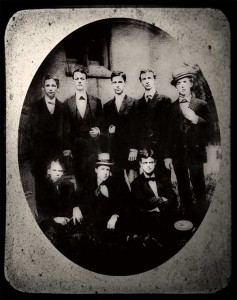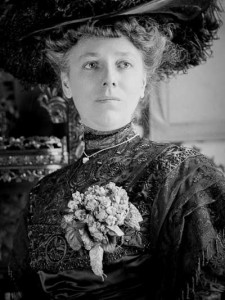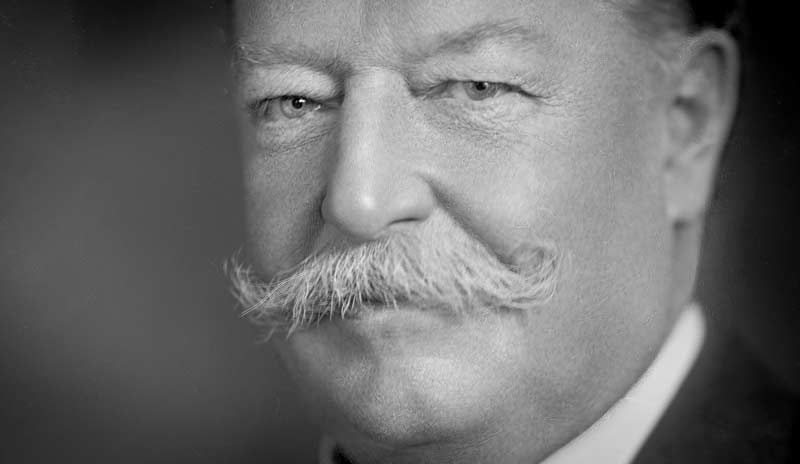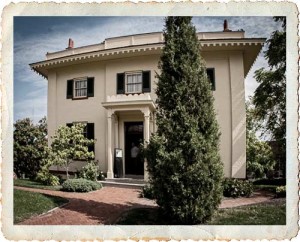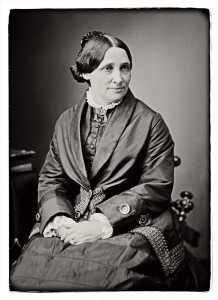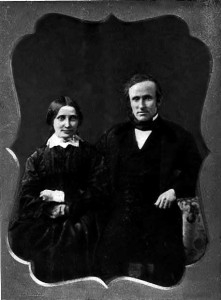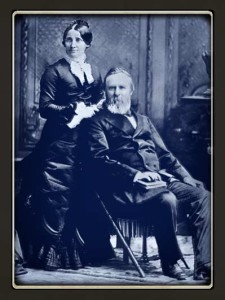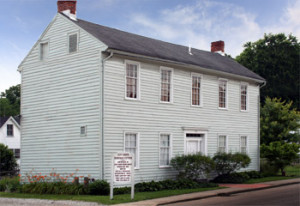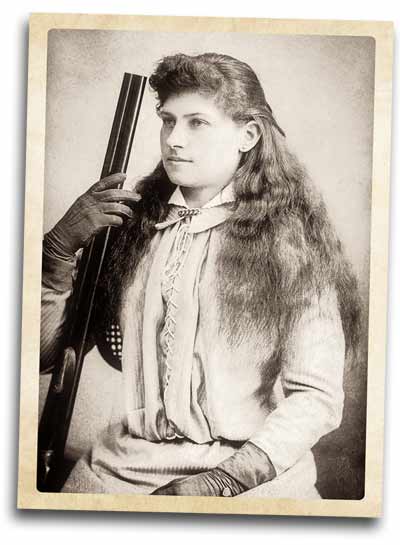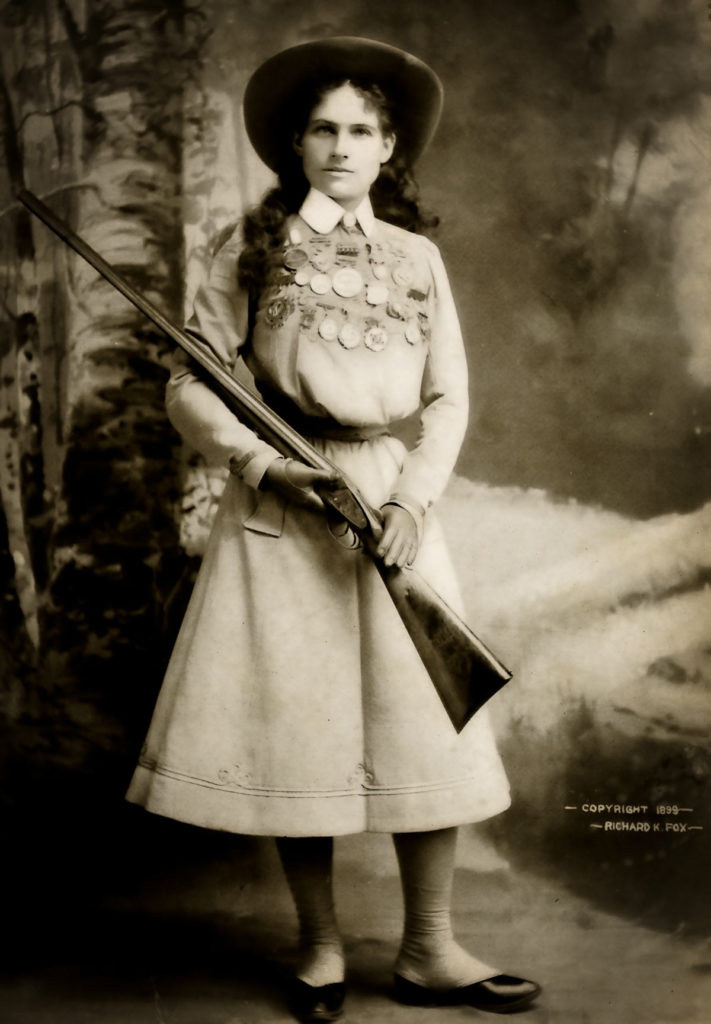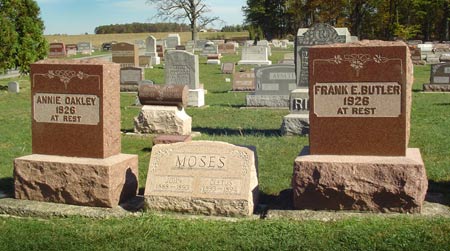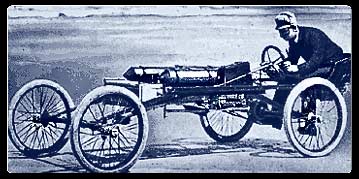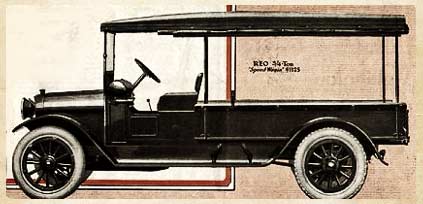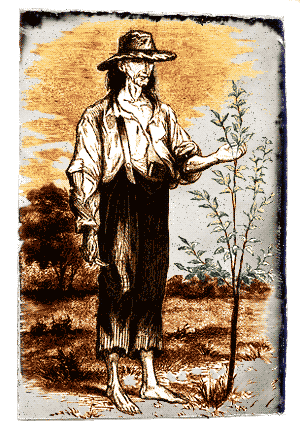 Jonathan Chapman was an eccentric American pioneer nurseryman who introduced apples to large parts of Ohio. During his lifetime (1774 – 1845) he became an American legend because of his journeys across Ohio and other areas as a missionary for the Swedenborgian Church.
Jonathan Chapman was an eccentric American pioneer nurseryman who introduced apples to large parts of Ohio. During his lifetime (1774 – 1845) he became an American legend because of his journeys across Ohio and other areas as a missionary for the Swedenborgian Church.
Sometimes on his journeys he distributed pamphlets about the church and used the apple seed as a metaphor for the church. Other times he just read passages from his Bible.
Jonathan was frugal — he never let anything go to waste (an original green earth devotee). If left to his own means, he would never hunt or kill for food (an original vegetarian). He did trust in God to provide him with what he needed be it food or clothing (an original religious fanatic). However, unlike today’s youth, Jonathan Chapman had no desire to leave a lasting memory of himself. The only physical memory he wanted to leave were his beloved apple trees, which surprisingly, some are still growing in places yet today.
What we know about Jonathan Chapman today, or the name most of us know him by Johnny Appleseed, is known today because of what others remember of him and what they wrote and said about him.
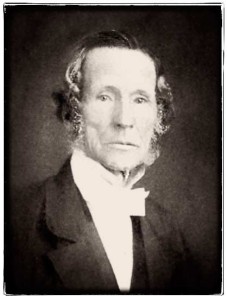
On this day in, September 26, 1774, the boy who would become Johnny Appleseed was born.
